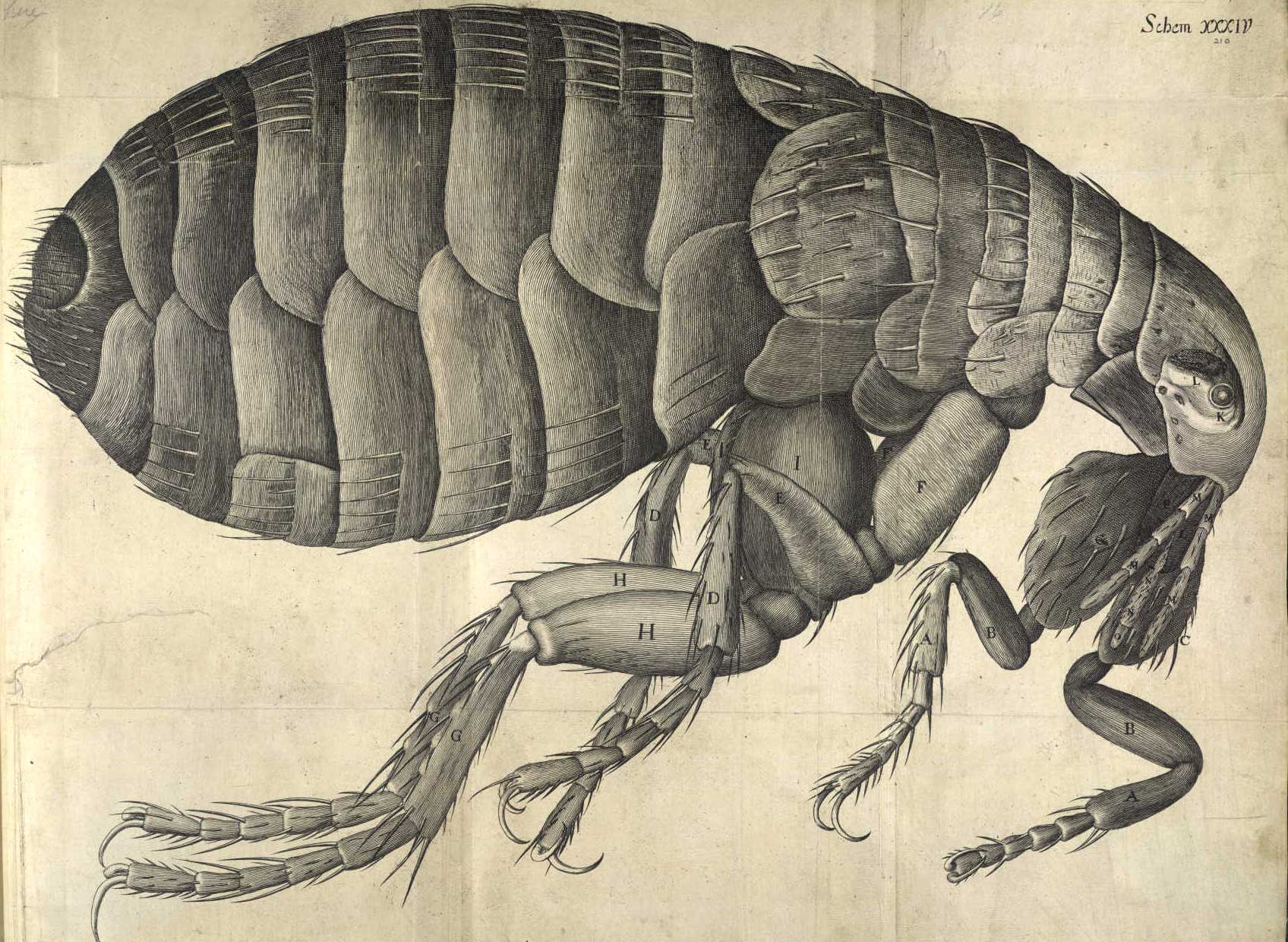In Gareth Cook’s New York Times Magazine profile of Princeton neuroscientist Sebastian Seung, who is trying to map the human brain with the aid of crowdsourcing online games, something akin to academia applied to Angry Birds, the writer makes a fundamental point about all attempts at cartography: charts and pictures are capable of obfuscating as well as elucidating. An excerpt:
“In 1946, the Argentine man of letters Jorge Luis Borges wrote a short story about an empire, unnamed, that set out to construct a perfect map of its territory. A series of maps were drawn, only to be put aside in favor of more ambitious maps. Eventually, Borges wrote, ‘the Cartographers Guilds struck a Map of the Empire whose size was that of the Empire, and which coincided point for point with it. The following Generations, who were not so fond of the Study of Cartography as their Forebears had been, saw that that vast map was Useless, and . . . delivered it up to the Inclemencies of Sun and Winters.’
With time, Borges’s cautionary parable has become even more relevant for the would-be cartographers of the world, Seung among them. Technological progress has always brought novel ways of seeing the natural world and thus new ways of mapping it. The telescope was what allowed Galileo to sketch, in his book The Starry Messenger, a first map of Jupiter’s largest moons. The invention of the microscope, sometime in the late 16th century, led to Robert Hooke’s famous depiction of a flea, its body armored and spiked, as well as the discovery of the cell, an alien world unto itself. Today the pace of invention and the raw power of technology are shocking: A Nobel Prize was awarded last fall for the creation of a microscope with a resolution so extreme that it seems to defy the physical constraints of light itself.
What has made the early 21st century a particularly giddy moment for scientific mapmakers, though, is the precipitous rise of information technology. Advances in computers have provided a cheap means to collect and analyze huge volumes of data, and Moore’s Law, which predicts regular doublings in computing power, has shown little sign of flagging. Just as important is the fact that machines can now do the grunt work of research automatically, handling samples, measuring and recording data. Set up a robotic system, feed the data to the cloud and the map will practically draw itself. It’s easy to forget Borges’s caution: The question is not whether a map can be made, but what insights it will bring. Will future generations cherish a cartographer’s work or shake their heads and deliver it up to the inclemencies?”

